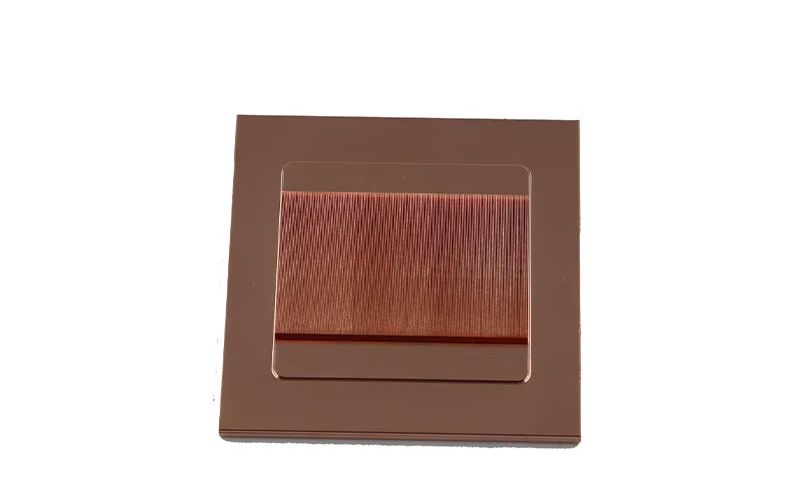Pin Fin Type Heat Sink: A Comprehensive Guide
As electronic devices continue to become more powerful and compact, the need for effective thermal management solutions has become increasingly important. Heat sinks play a crucial role in dissipating heat generated by electronic components, ensuring optimal performance and longevity of the devices. One popular type of heat sink that has gained popularity in recent years is the pin fin type heat sink. In this article, we will explore what pin fin type heat sinks are, how they work, and their advantages.
What are Pin Fin Type Heat Sinks?
Pin fin type heat sinks, also known as microchannel heat sinks, are heat sink designs that utilize an array of thin, cylindrical pins to dissipate heat. These pins are typically made of materials such as aluminum or copper and are attached to a base plate that makes direct contact with the heat source. The pins increase the surface area of the heat sink, allowing for more efficient heat dissipation.
How do Pin Fin Type Heat Sinks Work?
When electronic components generate heat, it is transferred to the base plate of the heat sink. The pins of the heat sink then conduct this heat away from the base plate and into the surrounding air. The high surface area-to-volume ratio of the pins enables them to efficiently dissipate heat through convection, allowing the heat sink to effectively cool the electronic component.
Advantages of Pin Fin Type Heat Sinks
Pin fin type heat sinks offer several advantages over traditional heat sink designs. One of the key benefits is their ability to provide high levels of heat dissipation in a compact form factor. The pin fin design allows for increased surface area without significantly increasing the overall size of the heat sink, making them ideal for applications where space is limited.
Applications of Pin Fin Type Heat Sinks
Pin fin type heat sinks are commonly used in a wide range of electronic devices, including computers, LED lighting, power converters, and aerospace applications. Their compact size and efficient heat dissipation capabilities make them well-suited for devices that require reliable thermal management.
Design Considerations for Pin Fin Type Heat Sinks
When designing a pin fin type heat sink, factors such as pin density, material selection, and overall dimensions must be carefully considered to ensure optimal performance. The spacing between pins, the thickness of the pins, and the material properties all play a critical role in determining the heat sink's thermal conductivity and efficiency.
Comparison with Other Heat Sink Types
Compared to other types of heat sinks, such as aluminum extrusions or heat pipe heat sinks, pin fin type heat sinks offer superior thermal performance in a smaller footprint. While each type of heat sink has its own advantages and limitations, pin fin type heat sinks are often preferred for applications where space and weight are critical factors.
Future Trends in Pin Fin Type Heat Sink Technology
Advancements in materials science and thermal management technology are driving innovations in pin fin type heat sink design. Researchers are exploring new materials with higher thermal conductivity and developing sophisticated manufacturing techniques to create more efficient and cost-effective heat sink solutions.
Conclusion
Pin fin type heat sinks are an essential component in modern electronics, providing effective thermal management solutions for a wide range of applications. Their compact size, high heat dissipation capabilities, and versatility make them a popular choice for engineers and designers looking to optimize the performance of electronic devices.

